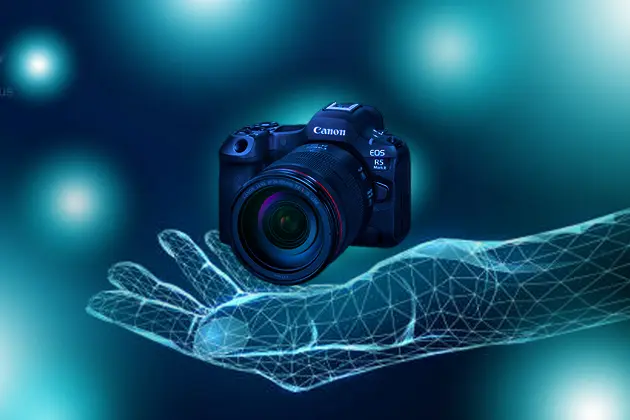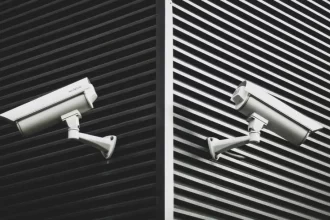Modern photography has always evolved with technological advancements, but the appearance of artificial intelligence (AI) has completely redefined this realm. From the days of manual film processing to the digital era, photographers have sought ways to optimize their workflow and elevate their creativity.
Now, visual content creators can automate tedious tasks like sorting and enhancing images, leaving more time and energy for creative experiments. These technologies fundamentally reshape visual storytelling. For instance, A high-quality AI photo editor can analyze a scene, identify areas for improvement, and apply corrections quickly and precisely.
The article delves into the evolving relationship between photography and AI, explaining how technological innovations empower photographers to achieve results that were once thought impossible.
Enhancing Creativity and Efficiency
Artificial intelligence introduced solutions for the most common challenges in visual content creation. One of the most impactful innovations is the automation of tedious tasks. AI-based image-enhancing software retouches skin tones, balances illumination, and removes unwanted elements with a few clicks. These tools precisely detect and eliminate imperfections in pictures without hours of manual adjustment for a consistent, polished look.
You can find software developers who are offering AI generator image for free so you can experiment with generating custom visuals without any upfront costs. This allows creators to explore their ideas quickly and efficiently, opening up new possibilities for content creation.
AI in photography can also be used to handle large batches of files, which is especially convenient for professional photographers working on big projects. Event photographers, for example, can group images based on facial recognition or similar compositions to speed up culling and retouching.
Modern technologies not only speed up the boring routine but also enrich the artists’ creative potential. Features like sky replacement allow landscape photographers to transform a cloudy scene into a vivid sunset within seconds. Sharpness and clarity improvement tools are convenient for photographing wildlife and sports. They ensure the subject stands out in dynamic and fast-paced scenarios. Editors can analyze a photo frame by frame, sharpening fast-moving subjects like birds in flight or athletes mid-action with outstanding precision.
Revolutionizing Image Quality
Even the most challenging shots now have a chance to be saved, restored, and transformed into stunning masterpieces. Noise reduction powered by artificial intelligence can clean up grainy images taken in low light, which is especially useful for astrophotography and images captured at night. Traditional noise reducers can over-soften images, washing out important details. AI-based tools ensure fine details like stars in the sky remain sharp and clear.
Super-resolution algorithms can upscale an image while preserving its quality. It enables photographers to achieve high-quality prints from smaller files. Wedding and commercial photographers often require flawless enlargements for albums or marketing materials, landscape photographers need to recover details in overexposed skies, and portrait artists can use AI to refine skin tones and textures.
The best AI image-enhancing software choice should be defined by your goals, needs, and proficiency level. Observe the most popular options available in the market by the link below: https://skylum.com/blog/artificial-intelligence-photo-editors
Unlocking Creative Possibilities
Composition assistants can analyze a photo’s elements and suggest alternative framing or cropping options to create a more compelling visual impact. This approach helps refine creative instinct and encourages experimentation with perspectives.
Generative AI tools can transform a standard photograph into a painterly masterpiece or apply stylistic elements inspired by famous art movements. For artists looking to offer something distinctive—such as fine art prints or editorial imagery—these instruments can elevate their artwork and make it stand out in the overcrowded realm.
AI also simplifies experimenting with visual elements. You can simulate different lighting setups or test various backgrounds without physically altering the studio environment for flawless portraits. Virtual weather effects like mist or sunset can redefine the mood of landscape shots.
Double exposure or surreal edits, which once required advanced image-enhancing skills and months of constant practice, are now achievable within seconds. This innovation pushes the creative boundaries for photographers of all skill levels. Blending technological advancements with their creative vision lets even inexperienced photographers achieve fascinating results.
Elevating Visual Storytelling
Scene analysis features can identify an image’s mood or theme and suggest enhancements that align with the intended story. This approach allows for crafting deeper visual narratives with precision. For example, a travel photographer capturing bustling markets in Morocco can adjust colors and textures, enhancing the vibrancy of spices and fabrics to evoke a sense of place and culture.
Technologies also provide a greater personalization level. Customizable presets allow professionals to maintain a consistent style across projects, ensuring their portfolios convey a cohesive narrative. For example, wedding photographers can use AI to subtly adjust tones and lighting to match the romantic theme of an album while preserving natural skin tones and emotions.
Augmented reality (AR) and AI technologies combined allow for immersive photographic experiences. Imagine a gallery installation where viewers can interact with a photo, watching it transform based on the time of day or weather conditions depicted. This approach takes visual storytelling beyond static images, engaging audiences in dynamic and memorable ways.
Conclusion
The fusion of artificial intelligence and photography is a creative revolution. AI has become an essential partner for creators, inspiring them to experiment with bold ideas. Whether capturing breathtaking landscapes, intimate portraits, or dynamic action shots, the integration of technologies lets you stay relevant and achieve stunning results, exploring artistic horizons that were once out of reach. Harness the power of AI and redefine what is possible in your photographic pursuits. The future of photography is here—are you ready to capture it?










